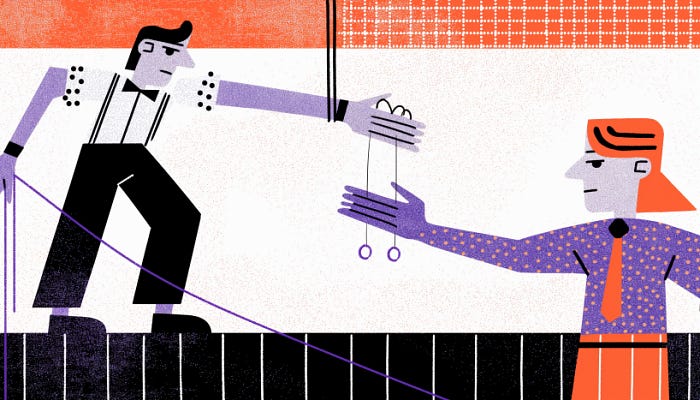The art of employing design strategies to influence user behavior and encourage desired activities is known as persuasive design. It blends psychology, user experience (UX) design, and marketing ideas to create engaging, user-friendly, and effective digital products.
Importance of Persuasive Design in UX
In today’s digital environment, persuasive design is a vital component of user experience (UX). With so many products and services competing for users’ attention, persuasive design can help a product stand out from the crowd. It entails creating goods that inspire consumers to execute specific activities or engage in specified behaviors. This can range from completing a purchase to sharing a social media message.
Picture this: You’re scrolling through your favorite shopping app, looking for a new pair of headphones. Suddenly, you find yourself adding items to your cart that you hadn’t even considered before. How did that happen? Welcome to the world of persuasive design in UX!

Let me tell you about my friend Sarah, a UX designer who recently learned the art of persuasive design. She was working on a health and fitness app, struggling to keep users engaged beyond the first few days. That’s when she discovered the magic of persuasive design principles.
Sarah started by implementing a progress tracker that showed users how close they were to achieving their daily goals. She added encouraging messages that popped up at just the right moments and a social feature that allowed users to share their achievements with friends. The results? User engagement skyrocketed, and the app’s retention rates improved dramatically.
Why It Works and How to Use It Ethically
But why does persuasive design work so well? It’s all about understanding human psychology and using it to guide user behavior. Here are a few key principles Sarah applied:
- Reciprocity: By offering users personalized workout plans for free, the app created a sense of obligation, encouraging users to stick with it.
- Social Proof: Seeing friends’ progress motivated users to keep up with their own fitness journey.
- Scarcity: Limited-time challenges created a sense of urgency, pushing users to act quickly.
- Consistency: Small, daily commitments helped users build habits and stay consistent with their goals.
Now, you might be thinking, “Isn’t this manipulation?” It’s a valid concern, but the key is using these techniques ethically. The goal should always be to help users achieve their objectives, not to trick them into doing something against their interests.
Persuasive design, when done right, can transform a good user experience into a great one. It involves establishing mutually beneficial outcomes, where users fulfill their objectives and businesses fulfill theirs.
So, the next time you find yourself effortlessly navigating a website or feeling motivated to stick with an app, remember Sarah’s story. Chances are, you’re experiencing the subtle but powerful influence of persuasive design in UX.

As Sarah delved deeper into persuasive design, she encountered an important ethical question: Where does persuasion end and manipulation begin?
This dilemma hit home when she was asked to design a feature that would encourage users to upgrade to a premium version of the app. While the upgrade offered genuine benefits, Sarah worried about using persuasive techniques to push users towards a paid option they might not need.
She realized that the key lies in intention and transparency. Persuasive design should enhance the user experience and help people achieve their goals, not exploit their vulnerabilities for profit. Here’s how Sarah navigated this ethical tightrope:
- Value First: She ensured that the premium features offered real value to users, not just flashy add-ons.
- Clear Communication: Sarah made sure all costs and commitments were clearly stated upfront, with no hidden fees or misleading language.
- User Control: She implemented easy opt-out options and clear settings controls, allowing users to manage their experience.
- Ethical Testing: When A/B testing different design elements, Sarah focused on metrics that reflected user satisfaction, not just conversion rates.
- Continuous Feedback: She set up channels for users to provide feedback, helping the team stay aligned with user needs and preferences.
Following these principles, Sarah discovered that persuasive design could guide users towards choices that genuinely benefited them while also supporting the app’s business goals.
The lesson? Persuasive design is a powerful tool, but with great power comes great responsibility. As UX designers, it’s our job to use these techniques thoughtfully and ethically, always putting the user’s best interests at the forefront.








